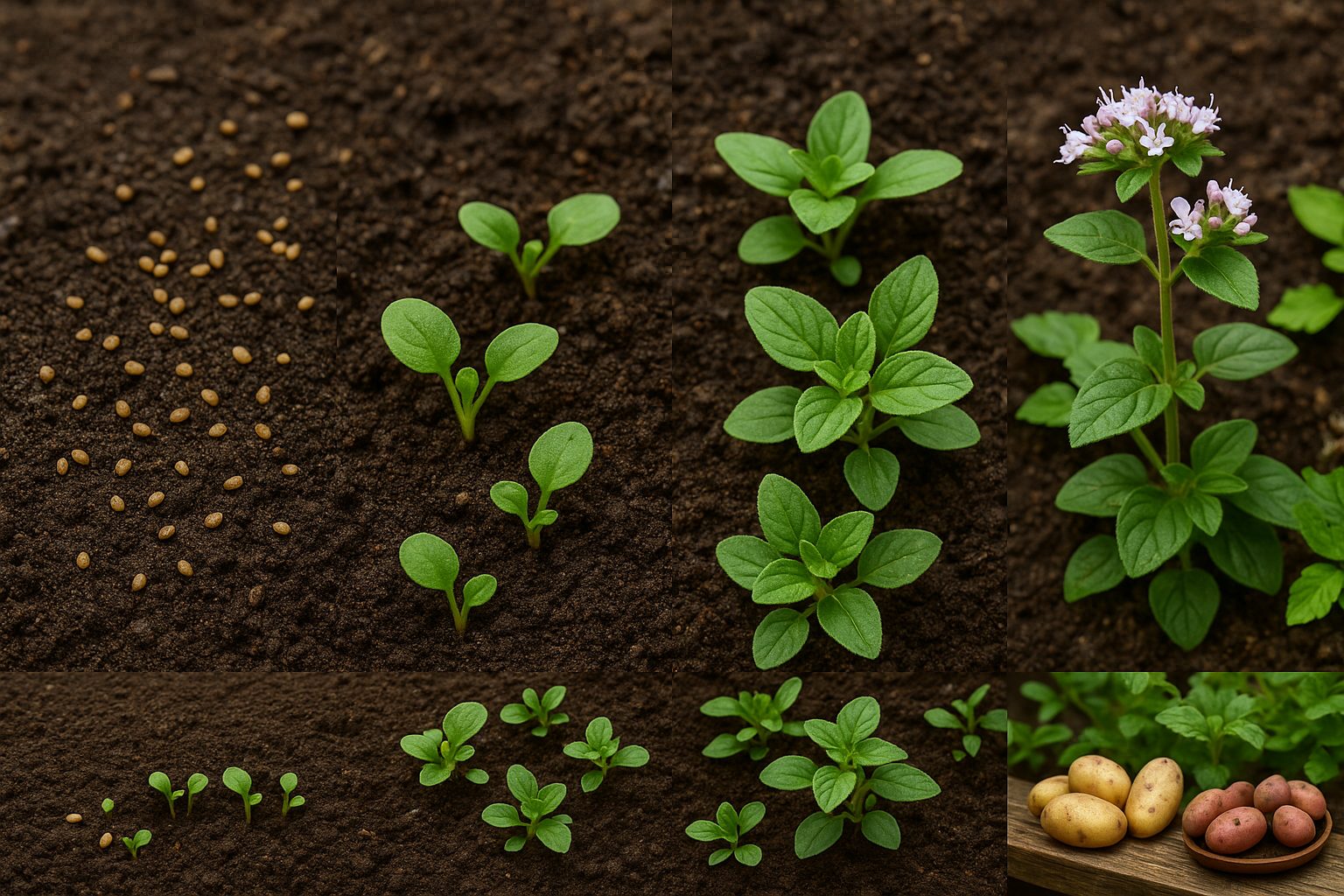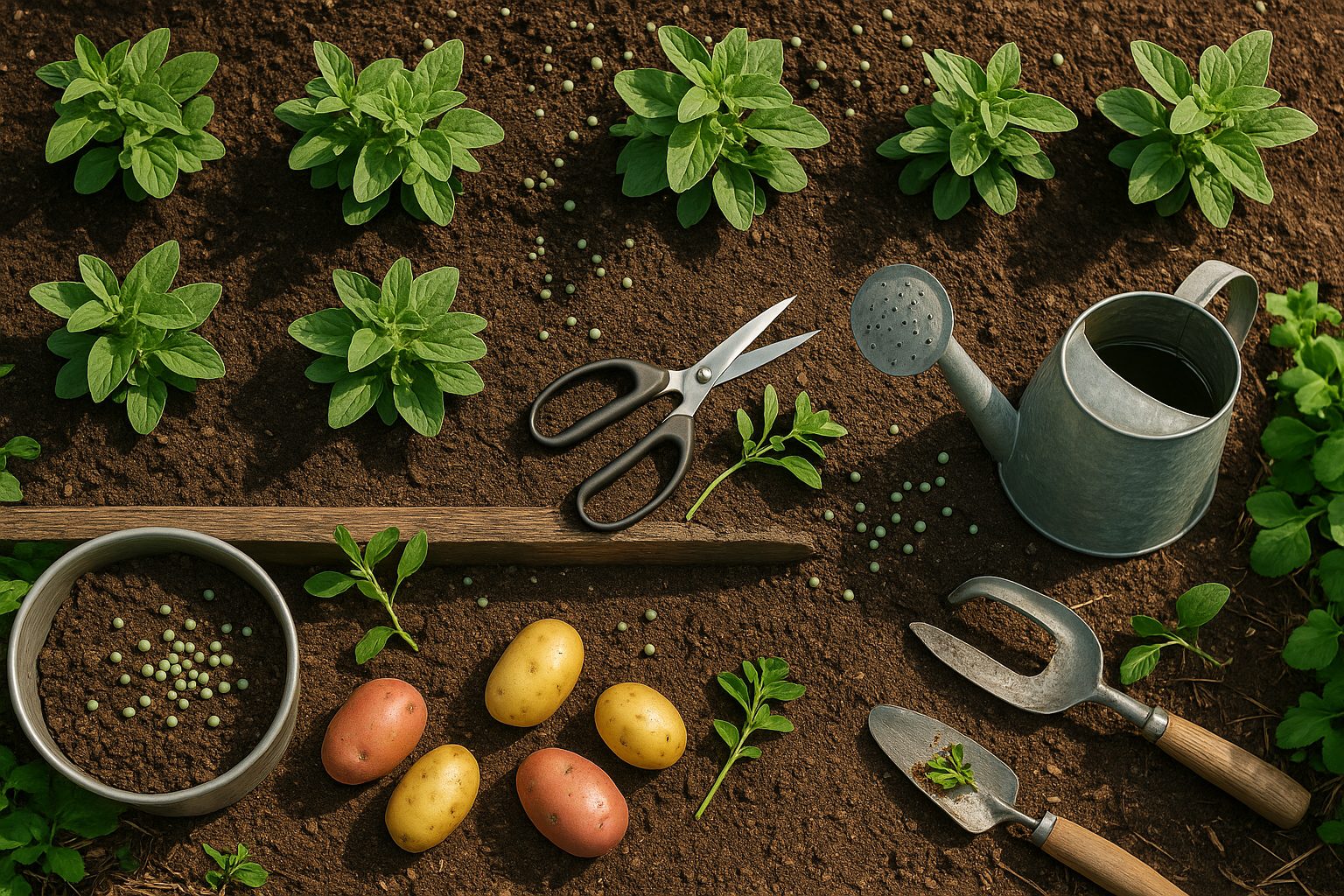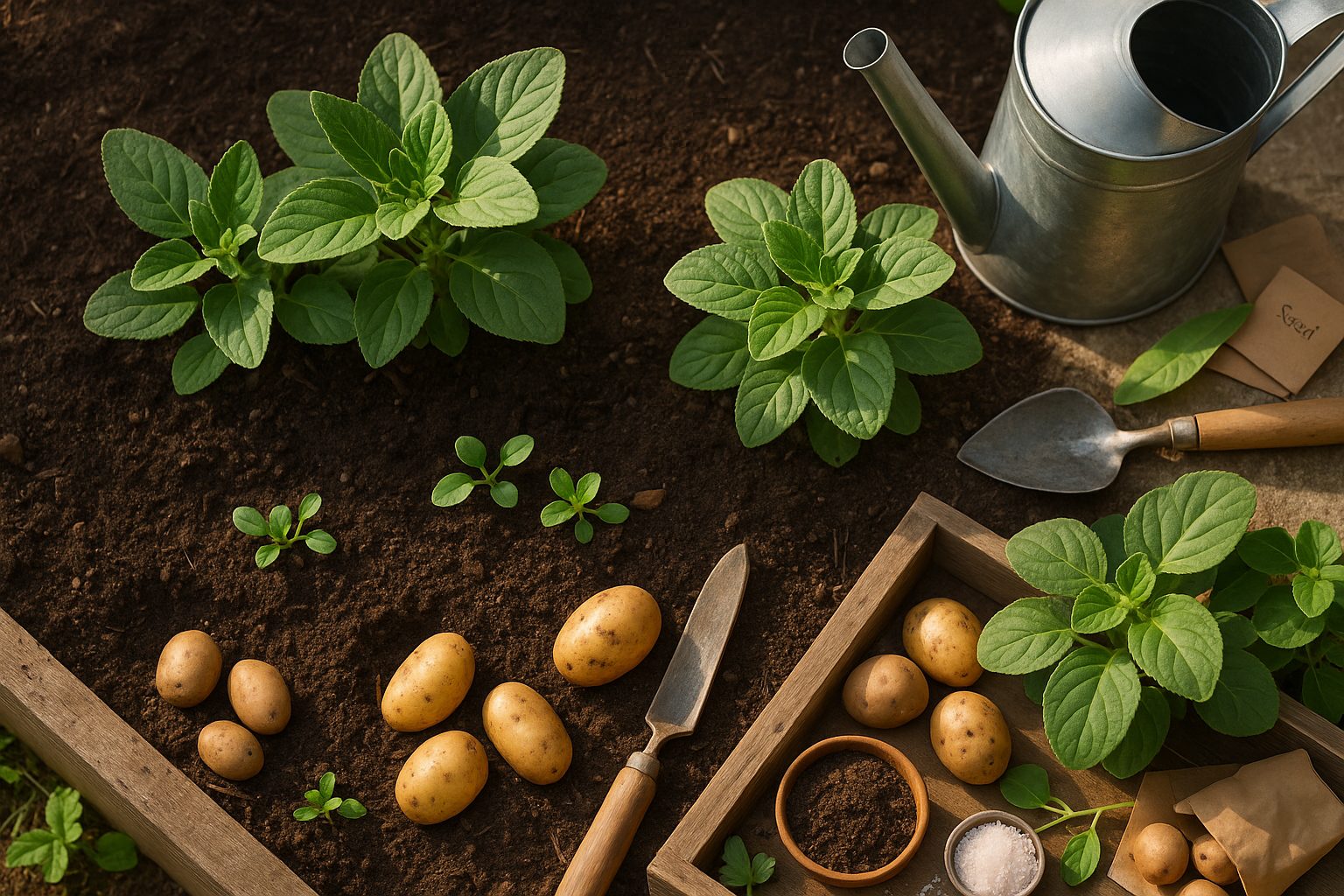Introduction to Oregano Growth Stages
Mexican oregano’s growth timeline is something every herb enthusiast and home gardener wonders about, especially given oregano’s reputation for bold flavors and easy care. Beyond spicing up tacos and stews, this hardy herb adds vibrancy to kitchen windowsills and garden plots alike. But when you scatter those tiny seeds in the soil or tuck a young plant into a raised bed, the biggest question is: How long will it take before you can start harvesting the fragrant leaves? Whether you aim to flavor your cooking or create a fragrant, bee-friendly garden, understanding the Mexican oregano growth timeline helps you plan when to sow, transplant, and ultimately enjoy your harvest.
Mexican oregano grows in several distinct stages—starting with seed germination, then moving through seedling development, robust vegetative growth, and, finally, abundant leaf production ready for harvest. Typically, the full cycle from seed to first harvest ranges from 8 to 12 weeks, but this timing depends on factors like temperature, sunlight, and soil drainage. Gardeners in warmer regions with plenty of sunshine often see faster results, while those in cooler areas may need a little extra patience. By understanding each phase and what influences them, you’ll set yourself up for a thriving, aromatic oregano patch.
The Life Cycle of Oregano: From Seed to Harvest

Oregano’s journey from tiny seed to harvest-ready herb unfolds over several distinct stages, each with its own timeline and signs. It begins with germination, a process that typically takes 7-14 days after sowing. During this time, you’ll notice small sprouts pushing through the soil—look for pairs of tiny, round cotyledons as your first visual confirmation.
Once seedlings emerge, the seedling stage lasts another 2-3 weeks, marked by the development of the first set of true leaves that are slightly larger and shaped more like mature oregano foliage.
As the seedlings strengthen, oregano enters the vegetative phase, which can last 6-8 weeks. This is the prime growing period; expect rapid growth as lush, aromatic leaves multiply and stems thicken—a great sign that the plant is soaking up sun and nutrients.
Flowering follows, often around the 10-12 week mark, when clusters of small, pale purple or white flowers begin to appear atop the stems. At this point, leaf flavor may start to mellow, so many gardeners choose to harvest just before or as flowers appear for the best taste.
If left unharvested, oregano progresses to seed production within another month; flowers will dry and produce small, dark seeds, signaling the plant’s full maturity.
Throughout each phase, watch for changes in leaf size, stem thickness, and the arrival of buds and flowers—these cues make it easy to tell exactly where your oregano is in its life cycle and when it’s at peak flavor for picking.
Key Factors Affecting Oregano Growth Rate
Several key factors influence how quickly oregano grows, and understanding them can help you achieve the bushiest, healthiest plants. Sunlight is crucial—oregano thrives with six or more hours of direct sunlight each day. Inadequate light, especially indoors or in shady gardens, leads to thin, leggy plants and slower growth.
Temperature also matters; oregano prefers warm conditions, growing best when daytime temperatures range between 60-80°F. Too much cold can stunt growth or even kill young plants.
Soil quality is another essential element. Oregano likes well-draining soil that isn’t overly rich, as excess nutrients can actually reduce the concentration of flavorful oils.
Watering should be moderate; allow the soil to dry slightly between waterings, since soggy soil encourages root rot.
Outdoor oregano—planted directly in the ground—usually grows faster due to more consistent light, airflow, and natural soil microbes. In contrast, pots or indoor settings can limit root development and may require careful monitoring of moisture and nutrients.
Lastly, the choice of oregano variety affects how fast you’ll see a mature plant. Greek oregano (Origanum vulgare hirtum) grows quickly and is often ready to harvest in six to eight weeks, while Italian or Syrian oregano may take a little longer to reach peak size and flavor.
By adjusting these factors to suit your environment, you’ll enjoy a thriving, aromatic oregano harvest.
Tips for Faster and Healthier Oregano Growth

For faster and healthier oregano growth, start with well-drained, loamy soil enriched with compost—the key to robust roots and rapid sprouting. Till the soil 8-10 inches deep and mix in organic matter to boost nutrients and drainage.
When planting, give young oregano plants or seeds plenty of sunlight; aim for six hours a day to encourage full, bushy foliage. Water regularly but avoid soggy conditions; oregano prefers to dry slightly between waterings to prevent root rot.
Prune plants often—snip back stems by a third when they reach 4–6 inches tall. This not only keeps oregano compact but also stimulates new leaves, making your harvest more generous.
Fertilize sparingly; too much fertilizer can reduce the signature flavor of oregano, so a balanced, slow-release formula applied once in early spring is enough.
Watch for pests and diseases like aphids or powdery mildew and treat early with neem oil or insecticidal soap. Avoid common pitfalls like overwatering and poor air circulation, which can trap moisture and invite disease.
Planting oregano too closely together is another mistake—give each plant at least 12 inches of space for proper airflow and vibrant growth.
By tweaking these care habits, you’ll enjoy a lush, aromatic oregano crop all season.
Recognizing and Overcoming Growth Challenges
Oregano is a hardy herb, but even the most robust plants can face setbacks from pests, diseases, or environmental stress. You might notice common issues like aphids, spider mites, or whiteflies clustering on leaves—look for tiny holes, sticky residue, or curling foliage as clues.
Powdery mildew, identifiable by white patches on leaves, is another frequent problem, often triggered by overly damp conditions or poor air circulation. Yellowing or wilting can signal root rot from waterlogged soil, while slow growth may point to insufficient sunlight or depleted soil nutrients.
To keep oregano healthy, try organic fixes such as spraying plants with a mild soap-and-water solution to remove insects, or introducing ladybugs as natural pest control. Space your oregano well and trim regularly to boost airflow, reducing fungal risks. Use mulch sparingly to retain soil moisture without waterlogging, and make sure your plant is basking in at least six hours of sunlight daily.
If your oregano is struggling, remove damaged leaves, ensure it’s not sitting in soggy soil, and consider repotting with fresh, well-draining mix. With quick action and attentive care, even a frail oregano plant can bounce back to lush, aromatic health.
Harvesting and Preserving Your Oregano
The best time to harvest oregano is just before the plant begins to flower, when the leaves are most flavorful and aromatic—usually in late spring or early summer. Use sharp scissors or garden shears to snip stems in the morning after the dew dries but before the midday sun hits; this helps preserve the natural oils. Aim to cut no more than a third of the plant at once to encourage continued growth.
For drying, bundle stems together using kitchen twine and hang them upside down in a warm, well-ventilated area away from direct sunlight. Alternatively, spread leaves loosely on a baking sheet and dry in an oven set to the lowest temperature, checking every 15 minutes. Once fully dry and crumbly, strip the leaves from the stems and store them in airtight containers away from heat and moisture. Properly dried oregano can last up to a year without losing much potency.
To inspire regular harvesting, try adding fresh leaves to homemade pizzas, salad dressings, or roasted vegetables. By picking your oregano often, you stimulate new growth and always have the freshest flavors on hand for your favorite culinary creations.
